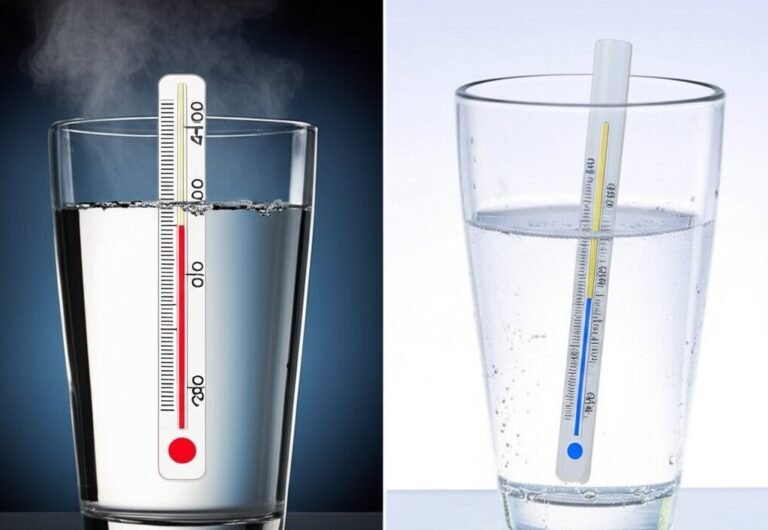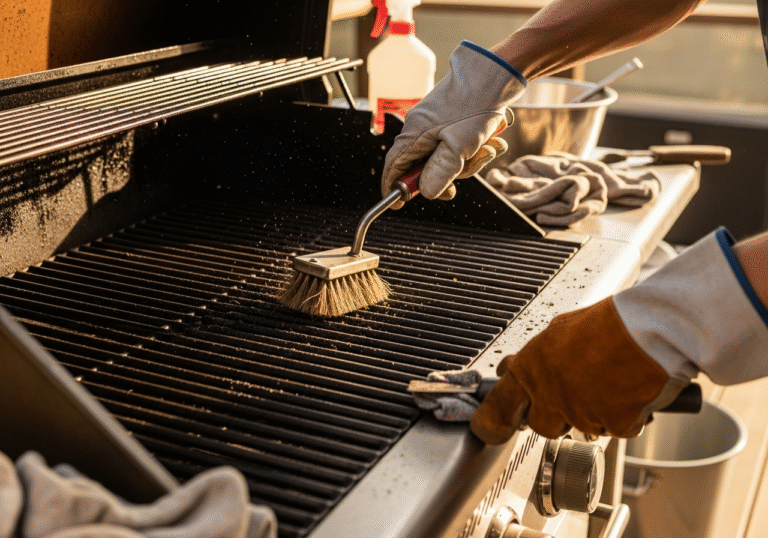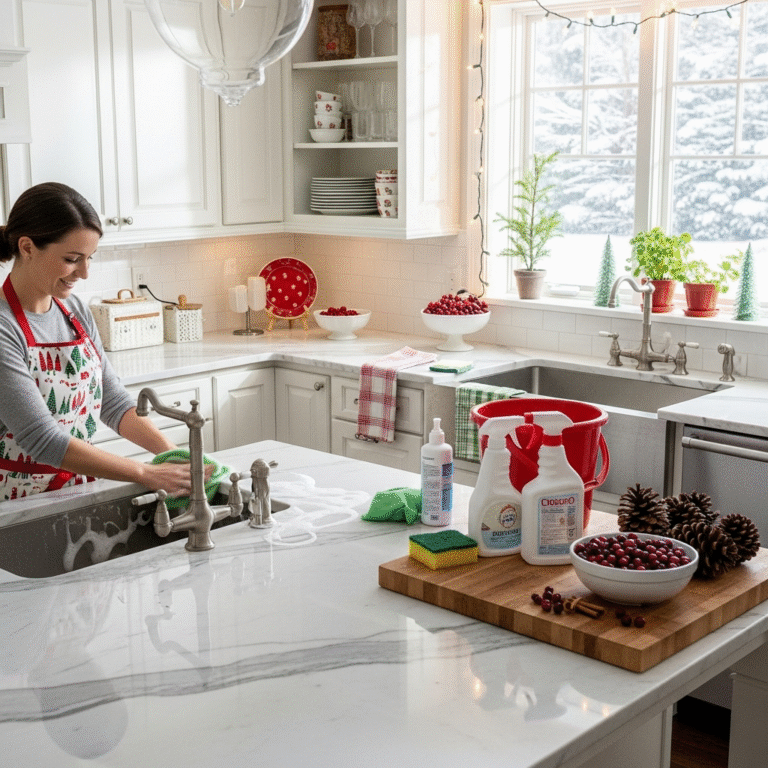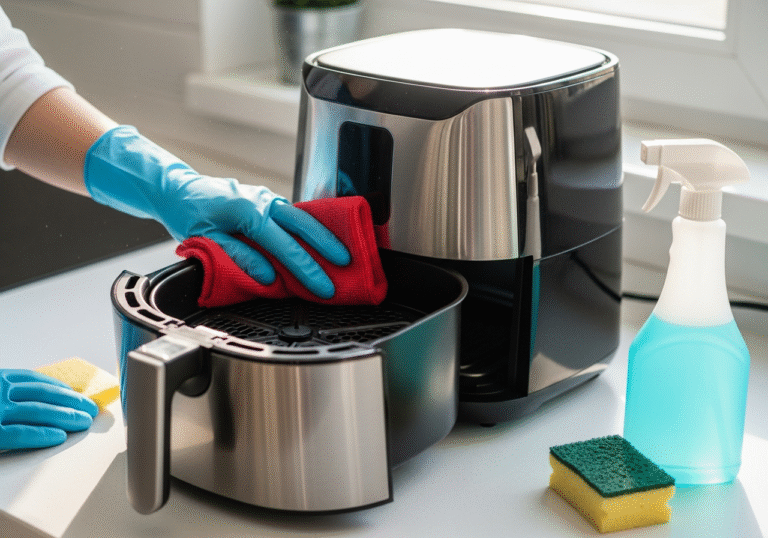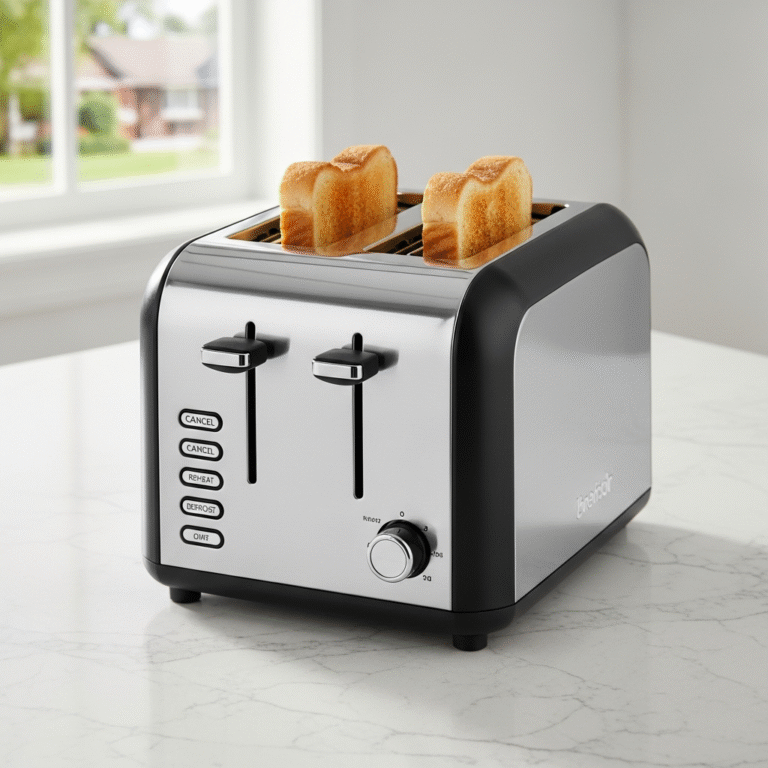The temperature of hot or cold water used for cleaning is not a matter of preference; it is a fundamental variable that determines the effectiveness, safety and efficiency of the task at hand. The choice between hot and cold water can mean the difference between a stain being removed permanently and being set forever, or between a surface being sanitized and simply being wiped. Understanding the distinct properties and applications of each is essential for proper cleaning.
1.Greasy
Hot water’s primary advantage lies in its thermal energy. Molecules in hot water move faster and with more kinetic energy than those in cold water. This increased energy translates directly into enhanced cleaning power in several ways. First, it lowers the surface tension of water, allowing it to spread more easily and penetrate soils and fabrics more effectively. Second, and most critically, heat excels at dealing with fats, oils, and grease. When heated, these substances become less viscous they soften, liquefy, and break down. This makes them significantly easier for detergents and mechanical action (scrubbing) to lift and wash away. Think of washing a greasy frying pan. Using cold water, the grease remains a stubborn, solid film. With hot water, the grease melts into a liquid that can be readily emulsified by soap and rinsed away. This principle applies to kitchen backsplashes coated in cooking oil, range hoods accumulating greasy vapor, and dining tables with oily residues from food.
Beyond its effect on grease, heat acts as a powerful sanitizer. While boiling water (100°C or 212°F) is required for true sterilization, the hot water from a typical tap (usually between 49°C and 60°C or 120°F and 140°F) is sufficient to kill a significant number of common household bacteria, germs, and viruses. This makes hot water the superior choice for cleaning areas where hygiene is paramount. Kitchen countertops where raw meat has been prepared, cutting boards, sinks, and garbage disposals all benefit from the sanitizing action of hot water. In the bathroom, hot water is effective for cleaning toilets, sinks, and shower surfaces, helping to reduce the microbial load and control the spread of germs. It also works exceptionally well on soap scum, which is composed of mineral deposits and body oils. The heat helps to soften this tough buildup, making it much easier to scrub away.
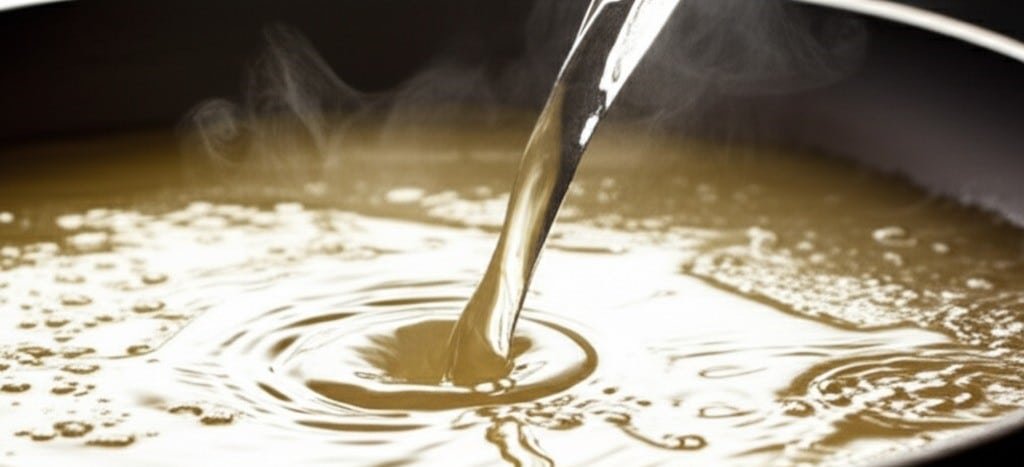
2.Fabrics
In laundry, hot water is a powerful tool for specific applications. It is most effective for washing heavily soiled items, such as work clothes, sports uniforms, and reusable cleaning cloths. It is the best choice for white cottons, bedding, and towels, as it not only removes dirt and body oils more effectively but also helps to sanitize the items, killing dust mites and allergens. The heat helps to brighten whites and can handle robust fabrics that are not at risk of shrinking or color loss. Furthermore, many powdered detergents are formulated with ingredients that activate and dissolve more completely in hot water, unleashing their full cleaning potential. Without sufficient heat, these detergents can clump and leave a residue on clothes.
However, the power of hot water is also its primary source of risk and limitation. The same heat that melts grease can also damage a wide range of materials. It can cause synthetic fabrics like polyester and rayon to warp or melt, and natural fibers like wool and silk to shrink and lose their shape. Hot water is notorious for causing colors to bleed and fade, which is why it is generally unsuitable for washing dark or brightly colored garments. It can also damage certain surfaces around the home. Prolonged exposure to hot water can warp unsealed wood, damage the finish on some types of flooring, and cause certain plastics to become brittle or misshapen. A critical mistake in stain removal is applying hot water to protein-based stains. Stains from blood, egg, dairy, or mud contain proteins that coagulate when heated essentially, they cook. Applying hot water will permanently set these stains into the fabric fibers, making them nearly impossible to remove.

3.Cold Water
Cold water, on the other hand, operates on a different set of principles and offers its own distinct advantages. Its primary benefit is its gentle nature. Lacking the intense thermal energy of hot water, it is significantly safer for a vast majority of materials and fabrics. This makes it the default and recommended choice for washing delicate items, such as lace, silk, and woolens, as it prevents shrinkage, stretching, and damage to the fibers. It is also the best option for washing dark and vibrant colors, as it minimizes the risk of dye bleeding and fading, preserving the life and look of the garments.
The most crucial application for cold water is in stain removal for protein-based soils. Unlike hot water, which sets these stains, cold water helps to break them down and flush them out of the fabric without cooking the proteins. Any time you are dealing with a bloodstain on a shirt, a spilled glass of milk on the carpet, or an egg yolk on a tablecloth, the first and most important step is to use cold water. Soaking or rinsing the affected area in cold water before applying any cleaning agent is the correct protocol.
Modern advancements in detergent technology have greatly expanded the utility of cold water for general cleaning and laundry. While older detergents required heat to be effective, most liquid detergents and specialized cold-water powders today are formulated with enzymes. These enzymes are biological catalysts designed to target and break down specific types of stains proteases for proteins, amylases for starches, and lipases for fats and they function optimally in cool or cold temperatures. Using a high-quality, enzyme-based detergent allows cold water to achieve cleaning results that are comparable to hot water for many types of lightly to moderately soiled loads, effectively removing everyday dirt and grime without the risks associated with heat.
Beyond its material safety and stain-specific effectiveness, the use of cold water has significant economic and environmental benefits. Heating water is one of the most energy-intensive processes in a household. According to energy experts, approximately 90% of the energy consumed by a washing machine is used solely to heat the water. By switching from hot to cold water washes for the majority of laundry loads, a household can dramatically reduce its energy consumption. This translates directly into lower utility bills, saving a considerable amount of money over the course of a year. From an environmental perspective, this reduction in energy use means a smaller carbon footprint, contributing to the conservation of natural resources and a reduction in greenhouse gas emissions.
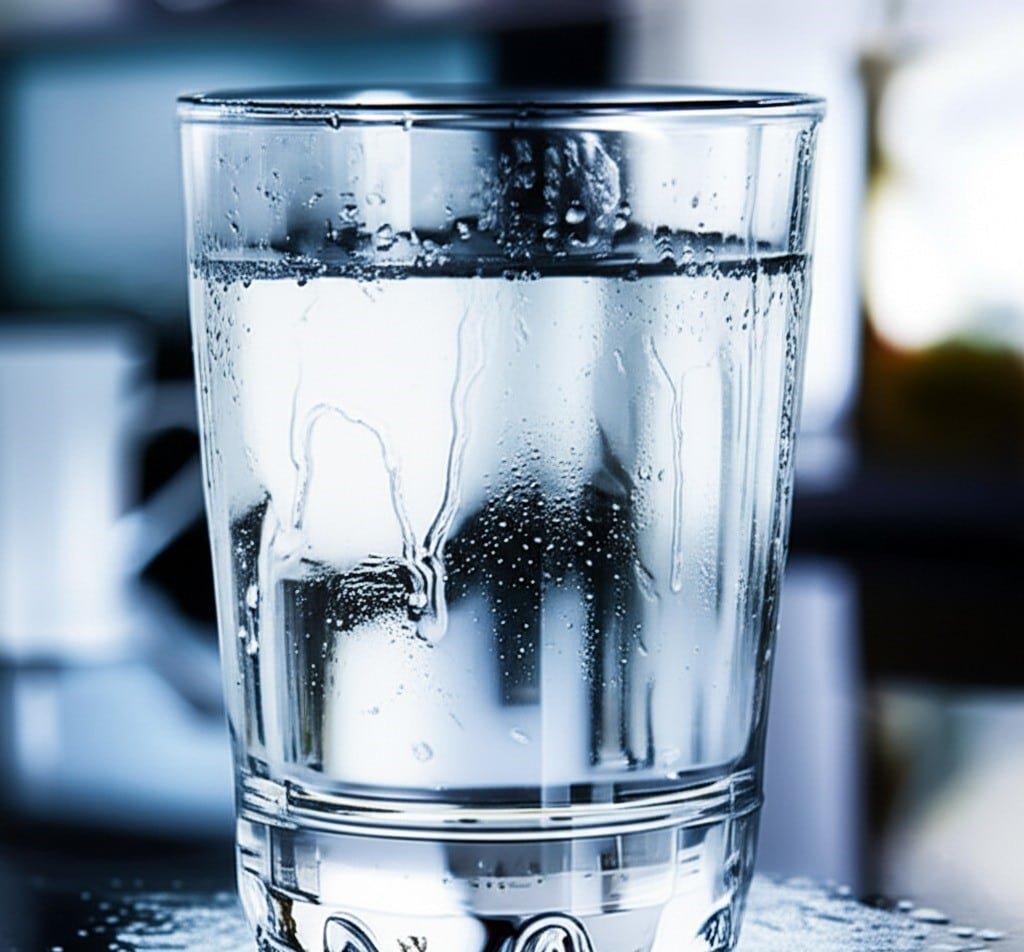
In general surface cleaning, cold or cool water is often sufficient and sometimes preferable. When wiping down walls, baseboards, or furniture, cold water mixed with an appropriate all-purpose cleaner does the job without any risk of damaging paint or finishes. For washing windows and mirrors, using cold water is actually better, as hot water can evaporate too quickly, leaving behind streaks and mineral deposits from the cleaning solution.
The choice is therefore situational and strategic. It is not about one being universally “better” than the other, but about using the right tool for the right job.
Consider these common scenarios:
Cleaning the Oven: The interior is caked with baked-on grease and carbonized food. Hot water, combined with a strong degreasing agent, is essential here. The heat will work to soften and liquefy the hardened grease, allowing the chemical cleaner to penetrate and break it down for removal. Cold water would be largely ineffective against such a resilient mess.
A Child’s Nosebleed on a Pillowcase: This is a classic protein stain. The immediate and only correct response is to use cold water. Rinsing the fresh stain under a cold tap will wash away much of the blood. Soaking the pillowcase in cold water with a bit of detergent before laundering will help lift the remainder. Using hot water would set the iron in the blood, creating a permanent brown stain.
Washing a Family’s Weekly Laundry: A mixed load contains cotton t-shirts, dark denim jeans, and synthetic-blend blouses. The items are moderately soiled from daily wear. Cold water is the optimal choice. It will protect the colors of the jeans and t-shirts, be gentle on the synthetic blouses, and, when used with a modern enzymatic detergent, will effectively remove the everyday dirt and body oils. There is no need for the extra energy consumption and material risk of hot water.
Mopping a Greasy Kitchen Floor: The tile floor near the stove has a slippery, grimy film from cooking. Hot water is superior. A mop bucket filled with hot water and a floor-appropriate degreaser will cut through the greasy film far more effectively than cold water. The heat will soften the grime, making it easier for the mop to lift and remove, leaving a non-slippery, truly clean surface.
Disinfecting After a Household Illness: A family member has recovered from the flu. To sanitize surfaces, hot water is the better ally. Wiping down doorknobs, light switches, faucets, and countertops with a cloth dipped in hot water and a disinfectant provides a dual action of thermal and chemical sanitation, helping to kill lingering viruses and bacteria.
In essence, the decision matrix is clear. Hot water is for fighting grease, oil, and grime, and for sanitizing durable, colorfast surfaces and fabrics. It is the heavy-duty tool for tough, baked-on messes and for situations where microbial reduction is the primary goal. Cold water is for preservation, delicacy, and efficiency. It is the go-to for protecting colors and sensitive fibers, for treating protein-based stains, and for reducing energy consumption in routine cleaning tasks. Mastering the use of both is a hallmark of an effective and intelligent approach to cleaning, ensuring that every challenge is met with the appropriate solution for a result that is not only clean but also careful and cost-effective.
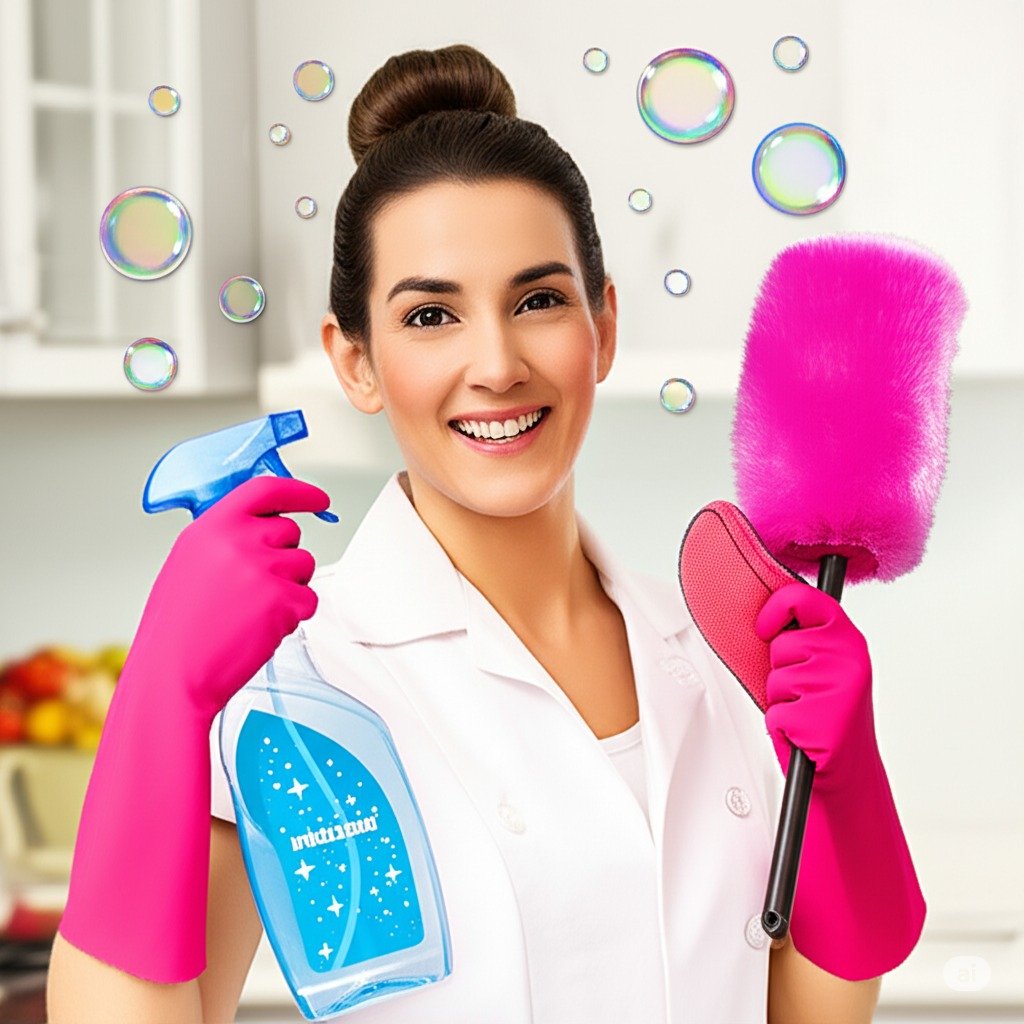
Whether your home requires the sanitizing power of hot water to cut through grease and grime or the delicate, energy-efficient touch of cold water to protect fine materials and remove specific stains, understanding these differences is key to a true clean. For professional results that apply the right method to every surface, Toronto Shine Cleaning has the expertise to handle all your cleaning needs effectively and safely.













